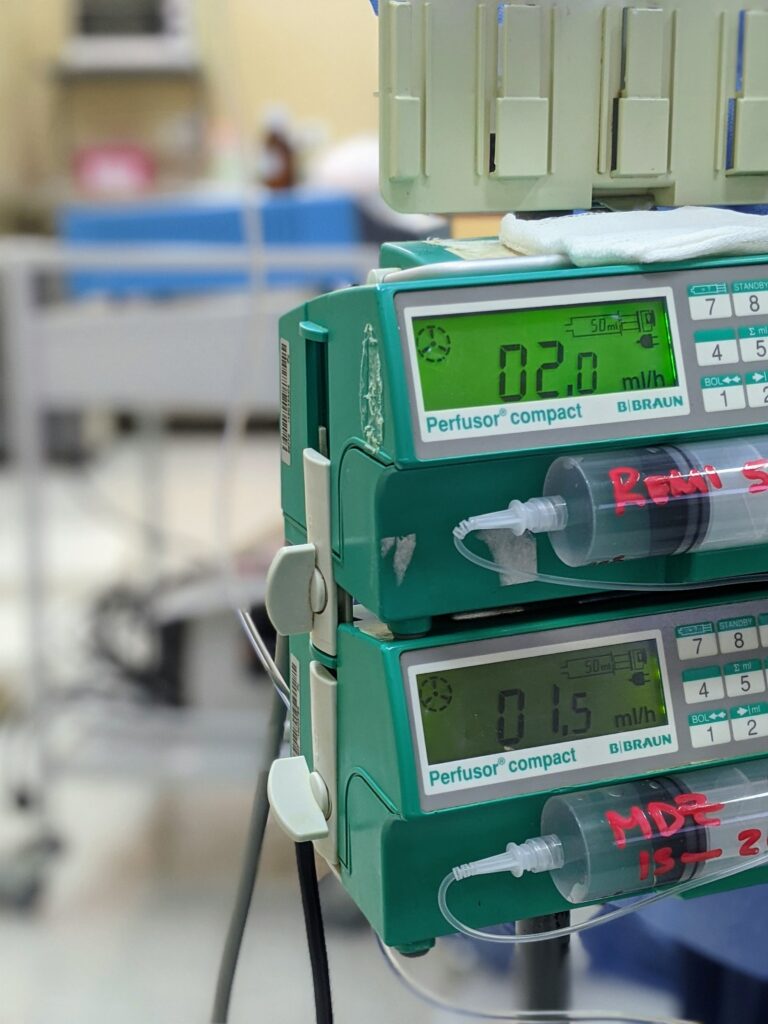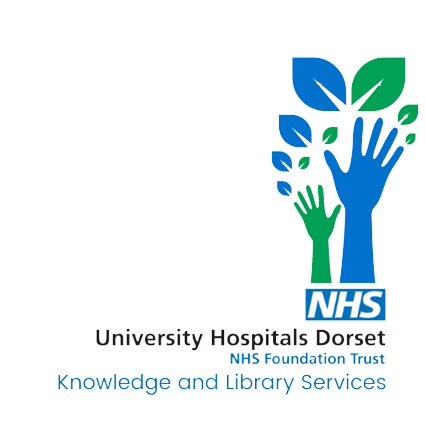
Anaesthetics
“Anaesthesia means “loss of sensation”. Medicines that cause anaesthesia are called anaesthetics. Anaesthetics are used during tests and surgical operations to numb sensation in certain areas of the body or induce sleep. This prevents pain and discomfort and enables a wide range of medical procedures to be carried out.
Local anaesthetics and general anaesthetics are 2 commonly used types of anaesthetics: local anaesthesia is where a small area of the body is numbed, and you remain fully conscious – often used during minor procedures or general anaesthesia is where you’re totally unconscious and unaware of the procedure – often used for more serious operations” [Source]
In this topic guide you are able to access key texts available in print or electronically within UHD/DHUFT, useful websites, and links to relevant journals. Please note that you may need to logon using your OpenAthens password to access many of these resources.
If there are books that you would like to recommend, please let us know. Or contact us to make any suggestions to improve this topic guide.
Articles In Our June 2024 Bulletin
World Anaesthesia Day: 16th October
World Anaesthesia Day is celebrated around the world on 16 October to commemorate the first successful demonstration of diethyl ether anaesthesia by William T. G. Morton on 16 October 1846.
